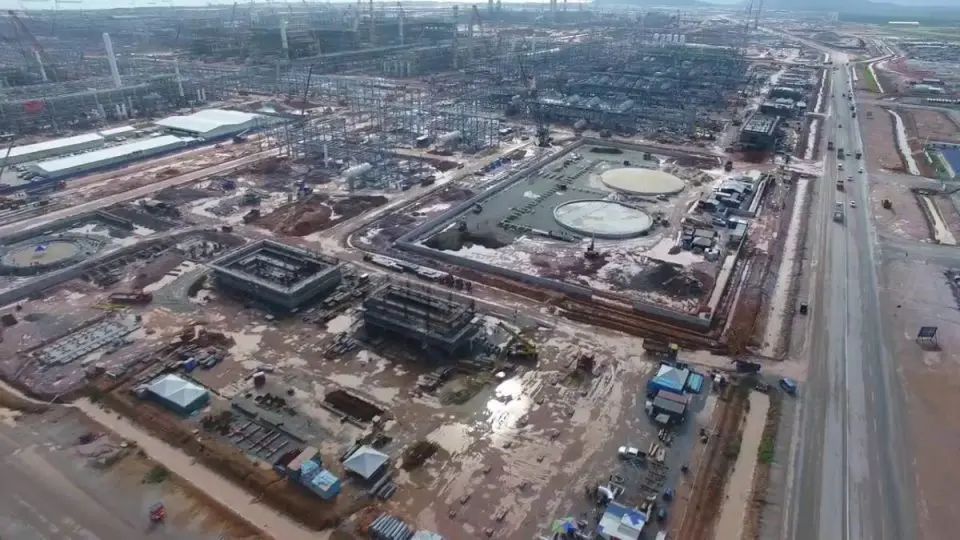KUALA LUMPUR, Nov 6 — CGS-CIMB Securities International Pte Ltd’s (CGS-CIMB) bearish outlook for the petrochemical sector in medium-term has been postponed by a string of supply-side issues in Asia and the United States (US).
In a research note, it said however, with new capacity additions continuing to make progress, including Petronas Chemicals Group Bhd’s (PCG) world-scale Pengerang plants, it retained the ‘Underweight’ rating on the sector, with reduced calls on both PCG and Lotte Chemical Titan Holding Bhd (LCT).
Petrochemical prices have surprised on the upside since its report on PCG published on Aug 10, 2020 due to several factors.
This includes supply disruptions in the US from Hurricane Laura in late August and, to a lesser extent, Hurricane Delta on Oct 10, 2020 and strong demand for polyethylene (PE) and polypropylene (PP) due to the surge in Covid-19 cases globally that increased demand for face masks, personal protective equipment (PPE) and packaging materials for food, hygiene products and online shopping.
A number of supply disruptions in Asia has also blunted CGS-CIMB’s expectations for supply growth in the near term.
For instance, the restart of Lotte Chemical’s Daesan naphtha cracker has been delayed multiple times since the fire incident in May and the latest indication is that it will only restart in December, and the start-up of PCG’s new Pengerang plants has been pushed from late December 2020 to sometime in first quarter (1Q) 2021 while further delays are possible.
LCT’s exposure is primarily to PE and PP products that have seen the highest price increases in recent months, while PGC benefits from PE price increases as it does not produce PP, as well as from the methanol price recovery.
Meanwhile, naphtha prices have weakened in recent weeks as a new round of lockdowns in Europe and higher Libyan oil exports caused oil prices to fall; this has boosted spreads against naphtha feedstock costs. Since Hurricane Laura in late-Aug, share prices for PCG and LCT have risen 17 per cent and 24 per cent, respectively.
“Despite the near-term tailwinds for the sector, investors may want to consider what lies beyond November.
“Currently, IHS Markit is forecasting ethylene capacity availability in Asia Pacific to bounce back to 89 per cent in December from 84 per cent in November once various planned/unplanned outages are resolved although we highlighted that these forecasts change frequently,” said the Asian integrated financial service provider.
It also said peak season for agricultural PE plastics production in China would come to an end from mid-November, once orders for winter clothing are fulfilled. This would likely soften the current robust demand for monoethylene glycol (MEG).
“In the approach towards the year-end, plastics manufacturers may slow down their purchases of PE/PP resins in anticipation of lower prices, in our view,” it added.
— Bernama





